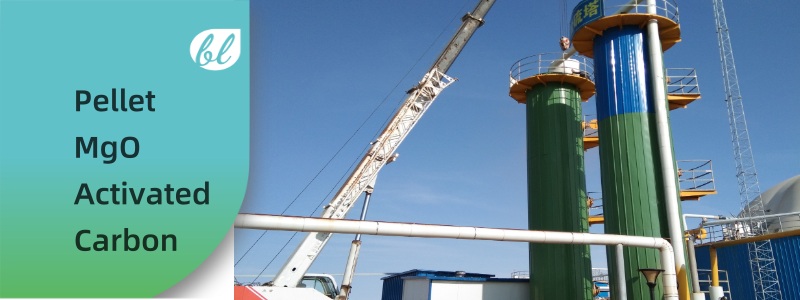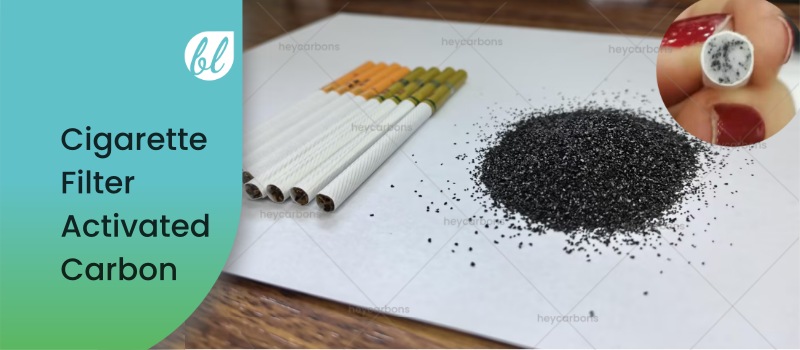Customer cases :
Destination country and Port : Felixstowe port – UK , DDP to HK , Denmark – Fredericia port
Time:From 2018 to 2024
Quantity: Placed 7 orders, total: 257
Purpose: bad sewage odor control ,for desulfurization process – h2s remover Activated carbon
What is odor ?
The main reason for the generation of foul odor in sewage is the presence of various organic substances, which emit malodorous gases when they decompose in sewage. These organic substances can originate from human and animal excreta, domestic wastewater, industrial wastewater, and emissions of other organic materials. When these organic substances are decomposed by microorganisms in sewage, volatile compounds such as hydrogen sulfide, ammonia, mercaptans, and phenols are produced, all of which have strong foul odors. Additionally, the organic matter in sewage can provide nutrients for the growth of bacteria and fungi, and the metabolic activities of these microorganisms also produce odorous substances.
Furthermore, sewage may contain sediments and sludge, which, when decomposed under anaerobic conditions, can generate foul odors.
The main components of sewage odor include the following:
Hydrogen sulfide (H₂S):
Hydrogen sulfide is one of the most common malodorous gases, with a strong rotten egg smell. It is mainly produced by the decomposition of sulfur-containing organic matter in an anaerobic environment.
Ammonia (NH₃):
Ammonia has a pungent smell and is usually produced by the decomposition of nitrogen-containing organic matter (such as urea, protein, etc.).
Volatile organic compounds (VOCs):
These compounds include benzene, toluene, xylene, etc., which come from industrial wastewater and some domestic wastewater and have a pungent smell.
Thiols and thioethers:
These compounds contain sulfur atoms and have a smell similar to rotten vegetables or rotten eggs. They are commonly found in the degradation products of organic sulfur compounds in sewage.
Fatty acids:
Short-chain fatty acids (such as acetic acid, propionic acid, butyric acid, etc.) have a strong sour smell and are mainly produced by the decomposition of fats and oils under the action of microorganisms.
Indole and Skatole: These compounds have a fecal odor and are mainly produced by the degradation products of proteins and amino acids.
Phenols: Phenols, such as phenol and cresol, have a pungent odor and often come from industrial wastewater.
The production of these components is usually related to the microbial degradation of organic matter in sewage under anaerobic conditions. In order to reduce and control the odor generated by sewage, it is usually necessary to effectively treat the sewage, such as aeration, anaerobic digestion, biological filter and other methods to reduce the concentration of organic matter and inhibit the generation of odorous gases.
Application of Activated Carbon in H2S:
The formula for hydrogen sulfide is H2S. In this case of sewage odor control, the main focus is on H2S, using a desulfurization system with cylindrical activated carbon made from anthracite, 4mm in size, with CTC70% and CTC80%, without impregnation of any chemicals or alkaline substances to control discharge with odor
Of course, we also produce activated carbon impregnated with KOH, NaOH, KI for removing hydrogen sulfide gas.
Exported to countries including the United States, Lithuania, Singapore, the United Arab Emirates, and others.
Especially, our CuO cylindrical activated carbon has significant advantages in removing hydrogen sulfide in water, with high sulfur capacity and less dispersion in water.
We have been cooperating with Jinling Petrochemical Company for many years. The sulfur capacity can reach 0.2g/cc and 0.3g/cc.
In the process of removing hydrogen sulfide from gas, Under what circumstances is activated carbon not suitable for impregnating alkaline substances?
Quality requirements: Some application scenarios have high requirements for the purity of the treated gas. Excessive use of alkaline substances may lead to a decrease in the adsorption efficiency of activated carbon and affect the quality of the treated gas.
Operating conditions: The use of alkaline substances may increase the operational complexity of the treatment system and require more monitoring and adjustment. In some special industrial environments, this may increase the maintenance costs and risks of the system.
In summary, although alkaline substances can play a certain role in the process of removing hydrogen sulfide from gases, in certain circumstances, factors such as the quality of the treated gas, operating conditions, economic costs, and environmental friendliness must be taken into consideration. Not suitable for use






